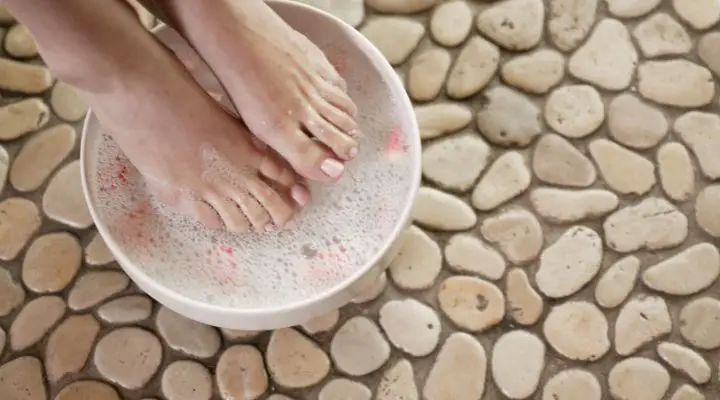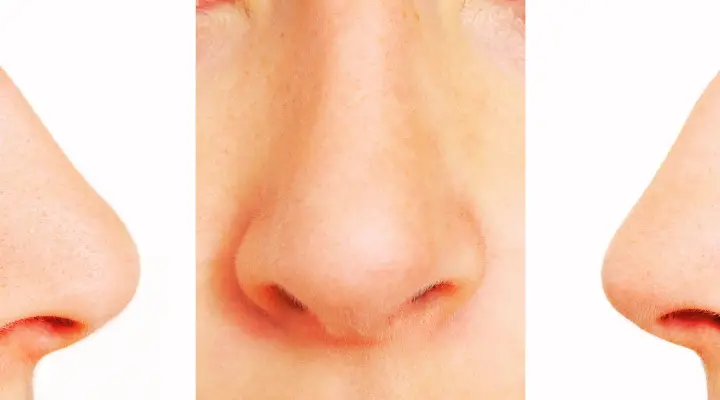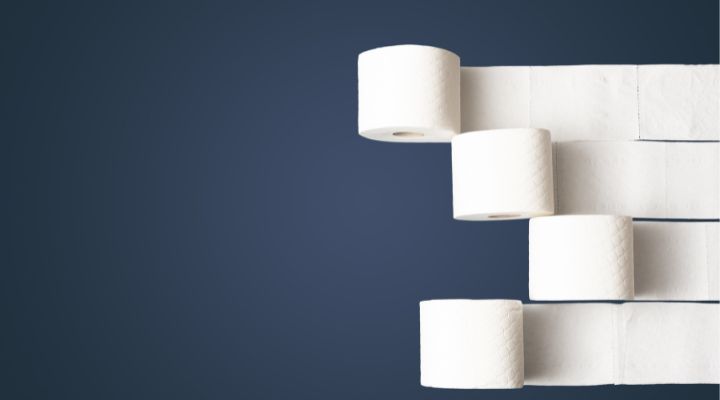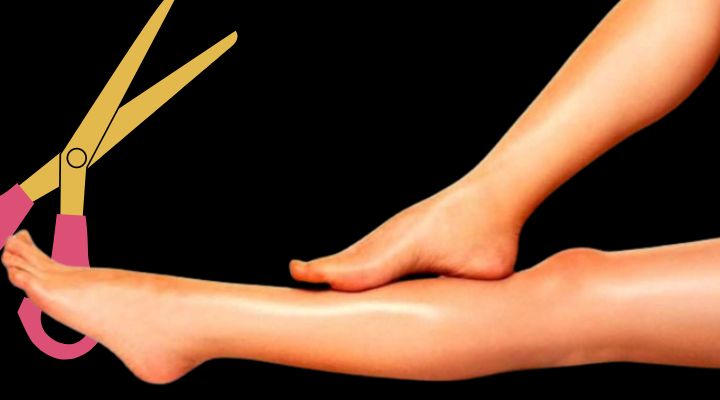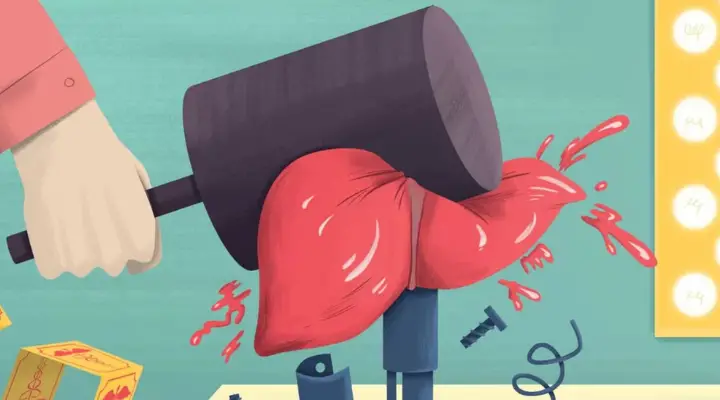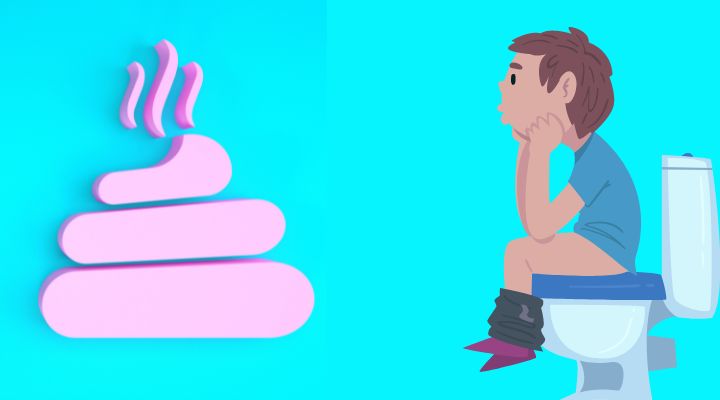When it comes to innovative home remedies, few ideas stand out as intriguingly peculiar as washing feet with mouthwash. While it may sound unconventional, this practice is gaining popularity for its potential benefits. Let us explore how this surprising method can revitalize feet and leave them feeling fresh, clean, and healthy.
What Happens When You Wash Feet with Mouthwash?
Mouthwash, typically used for oral hygiene, contains antiseptic and antibacterial properties. When applied to the feet, it offers multiple benefits, including:
- Fighting Foot Odor: Mouthwash helps eliminate odor-causing bacteria, leaving feet smelling fresh.
- Reducing Fungal Infections: Its antifungal properties target common issues like athlete’s foot or toenail fungus.
- Exfoliation and Skin Renewal: Some mouthwashes contain alcohol or essential oils that can help exfoliate dead skin cells, promoting smooth and healthy feet.
Step-by-Step Guide to Washing Feet with Mouthwash
1. Prepare the Soaking Solution
Combine equal parts of mouthwash and warm water in a large basin. You may also add white vinegar for an enhanced antifungal effect.
2. Soak Feet for 30 Minutes
Immerse your feet in the solution and let them soak for half an hour. During this time, the active ingredients will work to cleanse and rejuvenate the skin.
3. Scrub and Rinse
After soaking, gently scrub the feet using a pumice stone or foot brush to remove dead skin. Rinse thoroughly with warm water.
4. Dry and Moisturize
Pat your feet dry with a clean towel and apply a rich moisturizer to lock in hydration and prevent dryness.
Top Benefits of Washing Feet with Mouthwash
1. Improved Skin Texture
Mouthwash helps slough off dead skin, leaving feet feeling smooth and rejuvenated. Regular use can lead to a noticeable improvement in skin texture.
2. Reduction of Bacterial and Fungal Growth
The antiseptic nature of mouthwash makes it an effective tool against harmful microbes. It creates an inhospitable environment for bacteria and fungi, reducing the risk of infections.
3. Alleviation of Common Foot Problems
Mouthwash can help soothe conditions like athlete’s foot, cracked heels, and even minor irritations caused by dryness or poor hygiene.
4. Confidence in Every Step
Clean, healthy feet boost confidence, whether you’re walking barefoot at home or showing off your sandals outdoors.
Common Questions About Using Mouthwash for Feet
Is It Safe to Soak Feet in Mouthwash?
Yes, most mouthwashes are safe for external use. However, if you have open wounds or sensitive skin, consult a doctor before trying this method.
How Often Should You Use This Remedy?
For general maintenance, soaking once a week is sufficient. If addressing specific issues like athlete’s foot, consult a specialist for a recommended schedule.
Can All Mouthwashes Be Used?
Non-alcoholic and antifungal mouthwashes are often preferred for foot soaks, as they are gentle and effective. Check the label to ensure suitability.
Tips for Maximizing Results
- Exfoliate Regularly: Pair mouthwash soaks with regular exfoliation for the best results.
- Stay Consistent: Like any remedy, consistency is key to reaping long-term benefits.
- Pair with Good Hygiene: Always wear clean socks and breathable shoes to maintain foot health.
Alternative Uses of Mouthwash for Personal Care
Mouthwash isn’t just for feet or oral hygiene. Its antiseptic properties make it a versatile addition to your self-care routine. Here are a few examples:
- Hand Sanitizer: In emergencies, mouthwash can act as a makeshift hand sanitizer.
- Dandruff Treatment: Apply to the scalp to reduce dandruff.
- Bug Bite Relief: Dab a small amount on bug bites to alleviate itching.
Conclusion
Washing feet with mouthwash may sound unconventional, but its benefits are undeniable. By embracing this simple yet effective remedy, you can transform your foot care routine and enjoy healthier, fresher feet.
